How music improves language acquisition
Can jamming out to catchy tunes help you master a new language? The idea of music as a key to unlocking language fluency is an intriguing one. Turns out, there may be more to it than just belting out foreign pop songs with questionable pronunciation.
Both music and language processing tap into similar areas of our brains. The ability to pick out patterns, sense rhythms, and anticipate what comes next serves us whether we’re parsing a complex sentence or trying to follow a melody. Studies suggest that musical training can enhance auditory processing, which is a foundational skill for learning a new language.
“Think of it as fine-tuning your ears,” explains a music therapist focused on language learning. “Developing a sensitivity to the nuances of sound can make it easier to distinguish between subtle differences in pronunciation, which is key for speaking a new language authentically.”
Memory Boosters
Anyone who’s ever had a childhood jingle or a song lyric stuck in their head knows the power of music on memory. The melody acts like a mental hook, making information easier to recall. That’s why turning vocabulary words into simple songs can be more effective than rote memorization.
For language learners, this means those catchy pop tunes in the language they’re trying to master can be more than just a fun listen. “The repetitive choruses, simple rhymes, and predictable melodies help solidify new words and phrases,” says a language teacher who incorporates music into her lessons.
Let’s face it, language learning can sometimes feel like a slog. Music injects a dose of fun. Singing along with upbeat songs, dissecting the meaning behind emotional lyrics, or even attempting to write simple songs in the new language taps into a more playful learning approach. Enjoyment makes the process less intimidating and boosts motivation to keep practicing.
It’s Not Just About the Tunes
Think of music as a language learning power-up, not a cheat code. To get the most out of it, you need a strategy! Start by truly listening to the lyrics. Don’t let the tune distract you – treat the song like a text you’re analyzing. Look up words you don’t know, try to understand how they fit together, and most importantly, pay close attention to how they are pronounced.
Next, unleash your inner karaoke star – even if you sound more like a screeching cat than Beyoncé. Seriously! Imitating the singer, even if awkwardly, forces you to practice the sounds of the language. It’s great for improving pronunciation and intonation (the rise and fall of your voice), making you sound less like a robot and more like a native speaker.
Finally, turn music into your language learning hype track. Instead of silent study sessions, have a playlist of songs in your target language going in the background. The words and rhythms will seep into your brain subconsciously while you work on vocabulary drills or grammar exercises. “The key is to find music that matches your current ability,” advises a language instructor. “If it feels too overwhelming, it can actually hinder your progress rather than help.”
Who Benefits Most?
The music-language connection seems particularly strong for certain learners. People who already have musical experience may find it naturally translates to a boost in language skills. Young children have flexible brains that readily soak up new information – music can be a particularly engaging way to introduce them to a new language.
However, that doesn’t mean musically challenged adults are doomed! The main benefit may lie in the increased motivation and enjoyment that music can bring to the language learning process. “Don’t underestimate the power of having fun,” says a language learning researcher. “It can make all the difference in sticking with it long-term, which is ultimately what leads to success.”
While popping on some Mozart won’t instantly give you perfect grammar or a fluent accent, music has the potential to make language learning more effective and a whole lot more fun. So, crank up those tunes, sing along shamelessly, and let the rhythm guide your journey to mastering a new tongue!










